Not everyone likes to spend their vacations on the beach or in the pool. Dark tourism is a growing trend. We take a look at some of the most popular Norwegian sites.
Earlier this year, I wrote about the most haunted places in Norway. When I was researching that article, I came across a few places that had extremely interesting histories, but that I felt were neither appropriate nor relevant to include in an article about ghosts.
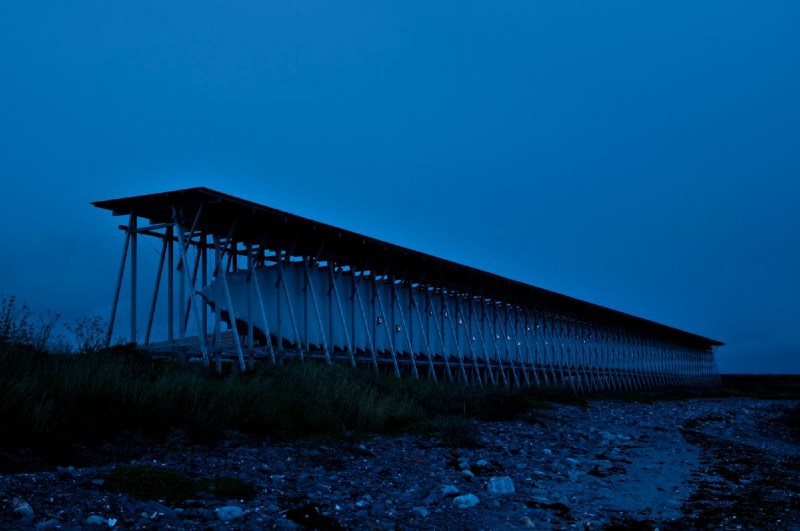
However, with summer swiftly approaching and most travel restrictions remaining until 20 August, there have been a lot of discussions about staycations or “hjemmeferie“.
So, whether you're in Norway and looking for places to visit this summer, or you're outside of Norway and desperately bookmarking places to visit once the restrictions are lifted, I've found five dark tourist sites for you to check out. But – first things first:
What is dark tourism?
The term “dark tourism” seems to encompass a wide range of tourist activity, whilst simultaneously being quite restrictive. Dark-tourism.com defines it generally as: “travel to sites that are in some way connected to death or disaster (or at least something in one way or another “macabre”).”
Popular dark tourist sites include Chernobyl in Ukraine, Hiroshima in Japan, and Pompeii in Italy.
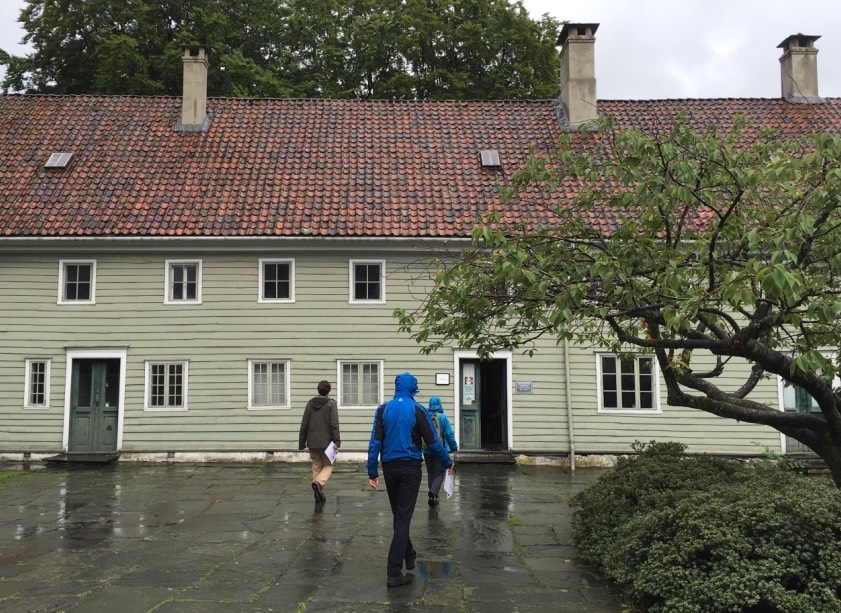
Naturally, questions have been raised about the ethics of dark tourism, and the answer seems to depend on your motivation for visiting these places. In the words of National Geographic: “Are we travelling to a place to heighten our understanding, or simply to show off or indulge in some morbid curiosity?”.
Some of the places on this list do have an extremely dark history. Therefore, as with the article about haunted places, if you choose to visit any of these places, we ask that you behave respectfully and go with the intention of furthering your own awareness of the events that happened there.
1. The Steilneset Memorial (Vardø)
The Steilneset Memorial is a memorial for all the people who lost their lives in the Vardø witch trials in 1621.
Multiple witch trials were held throughout Norway from 1551 to 1760, and 280 of the 730 people put on trial were executed. Of the 137 people tried in the Vardø witch trials, 91 were executed, making it the biggest series of witch trials in Norway.
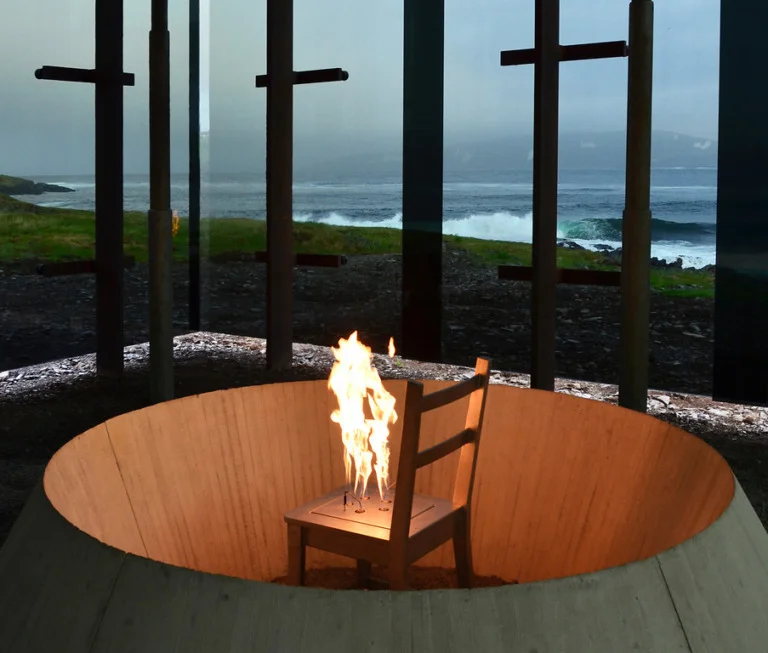
The memorial was opened by Queen Sonia in 2011 and consists of two parts. The first part was designed by Peter Zumthor, and is a 400-feet long corridor, the walls of which are adorned with the names and stories of the accused witches.
The second part is a glass room that features a steel chair designed by Louise Bourgeois with an eternal flame burning on the seat.
We know now that the people killed in the witch trials were not witches but ordinary people caught up in the fear and prejudices of the time.
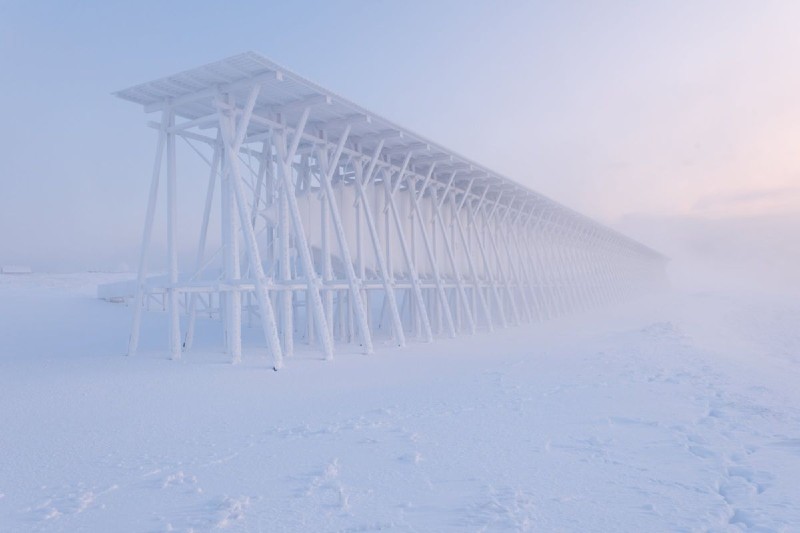
The memorial serves as a tribute to those who lost their lives and a powerful reminder of the devastating consequences of mass hysteria.
Read more: Norway's Forgotten Witch
2. The Leprosy Museum (Bergen)
Hansen’s disease (more commonly known as “leprosy”) has a surprising connection to Bergen. Not only is it where Gerhard Armauer Hansen discovered the bacillus that causes the disease in 1873, but between 1850 and 1900, it had the most leprosy patients of any other city in Europe.
Therefore, it’s probably not surprising that St. Jørgen’s Hospital (anglicised as “St. George’s Hospital”) was not the only hospital in Bergen treating leprosy – but it was the oldest, and operated from the 15th century until its closure in 1946.
The hospital was a key site in furthering our understanding of leprosy. However, it was also a site of a lot of suffering. The same dichotomy applies to Hansen himself: he conducted important research, but he also tried to infect a patient suffering from one type of leprosy with another type of leprosy without their consent.
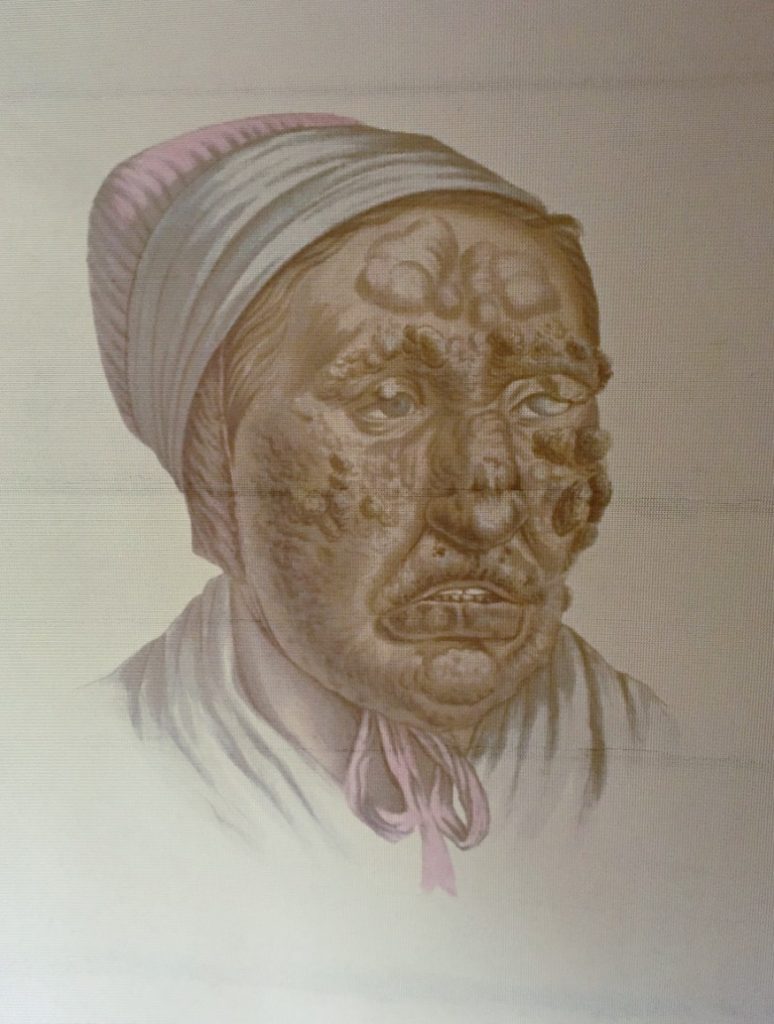
Today, the Leprosy Museum stands as a testament to the medical advances that took place there, as well as the memory of the patients who lived and died there.
Read more: Bergen's Leprosy Museum
3. The Falstad Centre (Trondheim)
The “Falstad Institution for the Upbringing of Trouble Boys” was built in 1895, and housed and educated disadvantaged boys aged 10 to 18. In the early years of World War II, the property was seized by the Nazis and turned into the “SS-Strafgefangenenlager Falstad” concentration camp. The majority of the 4,200 prisoners held at the camp between 1941 and 1945 were Norwegian political prisoners, but prisoners of war and Norwegian Jews were also interned there.
Falstad Forest surrounding the camp was also used by the Nazis as an execution and burial site. Between 1942 and 1943, over 200 people were killed and buried in the forest. While many of the bodies have been found, it is thought that there are many more that still remain hidden.
Today, the buildings house the Falstad Centre Foundation, which is both a museum and a centre for human rights, focusing on World War 2 prisoners held captive throughout Norway.
Read more: Museums in Trondheim
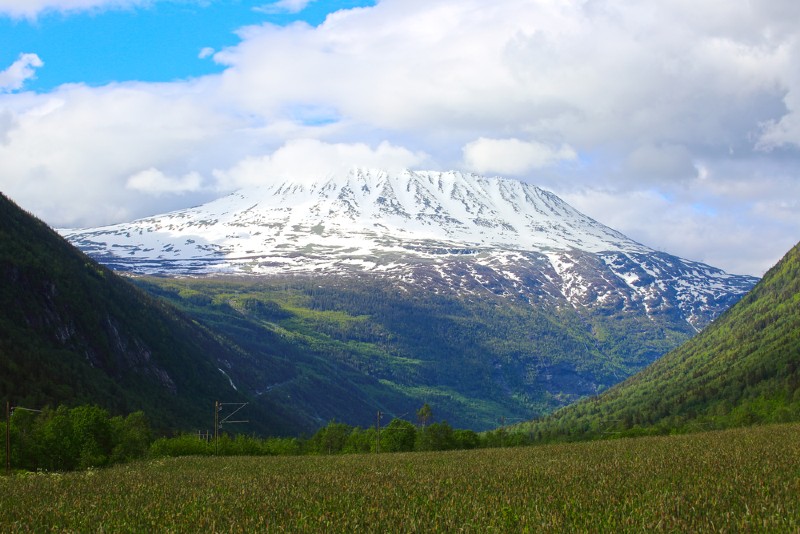
4. The Gaustabanen Tramway (Telemark)
The Gaustatoppen mountain in Telemark has long been (and still is) a popular tourist attraction amongst Norwegian and international visitors alike. It was so popular that in 1953, plans were announced to build a tramway that would run inside the mountain from the bottom to the top. The idea garnered a lot of interest – particularly from NATO.
The mountain's height and location meant that it was already used by the Norwegian military for radio communication. During the Cold War, Gaustatoppen gained further significance as a potential vantage point for monitoring Russian activity and warning of a potential invasion.
NATO became officially involved in the project in 1954. By the time the tramway was completed in 1959, they had taken over the mountain completely. Gaustabanen remained closed to the public until 2010, when the tramway finally started accepting tourists, and the mountain finally became the tourist destination that people had hoped for five decades ago. However, to this day, a lot of the work conducted there by NATO remains a mystery.
Read more: This is Telemark
5. Pyramiden (Svalbard)
Svalbard is one of the harshest environments that humanity has ever been stubborn enough to decide to live in. No place is more of a testament to that than the Soviet ghost town of Pyramiden.
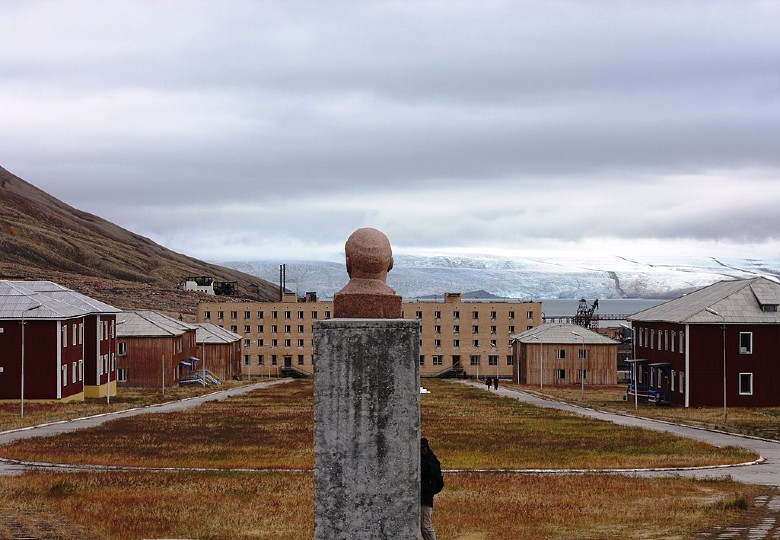
Initially founded by Sweden in 1910 and bought by the Soviet Union in 1927, the mining town was at one point home to over 1,000 people. However, the mine’s closure in 1998 led to the town being completely abandoned.
Now, Pyramiden is one of the most famous ghost towns in the world, and its only inhabitants – living or dead – are the few people operating the hotel and working as tour guides. If you do decide to visit, make sure you go with a guide as, while there may not be many humans in the area, there are definitely polar bears. Pyramiden is a popular side trip for those visiting Longyearbyen.
Have you visited any of these places? What’s your opinion on dark tourism? Let us know in the comments!


Great to see that you’ve mentioned the Steilneset Minnested (of memorial) in your article. Visited it several times, mostly December/January(!). What you apparently omitted is that on the other side of that water, the Bussesundet, you’ll find Mount Domen that has a part in the witches legends as well (see Wikipedia for more details). Concerning your remark on the heightening of understanding of the original events: for all visitors there are “small” (100 page) guidebooks (No/En/Fr/G) at the entrance with a description of the historical background as well as the personalia of the 91 victims executed.
An amazingly extensive study, “The Witchcraft Trials”, done by Liv Helene Willumsen (Tromsø University) was published under nr. ISBN 978-82-7959-152-8. That publication contains – among other things) facsimiles of all the court records regarding the 135 persons tried for witchcraft in the Finnmark between1620 and 1692 included.
That’s all really interesting and useful info – thank you for sharing! 😀
You can actually stay the night at the Falstad centre, as is is also a hotel. It will be bookable by common booking sites by July 2020.
Great news! Hopefully it’ll get a lot of guests who want to learn about the history of the site! Thanks for sharing! 😀